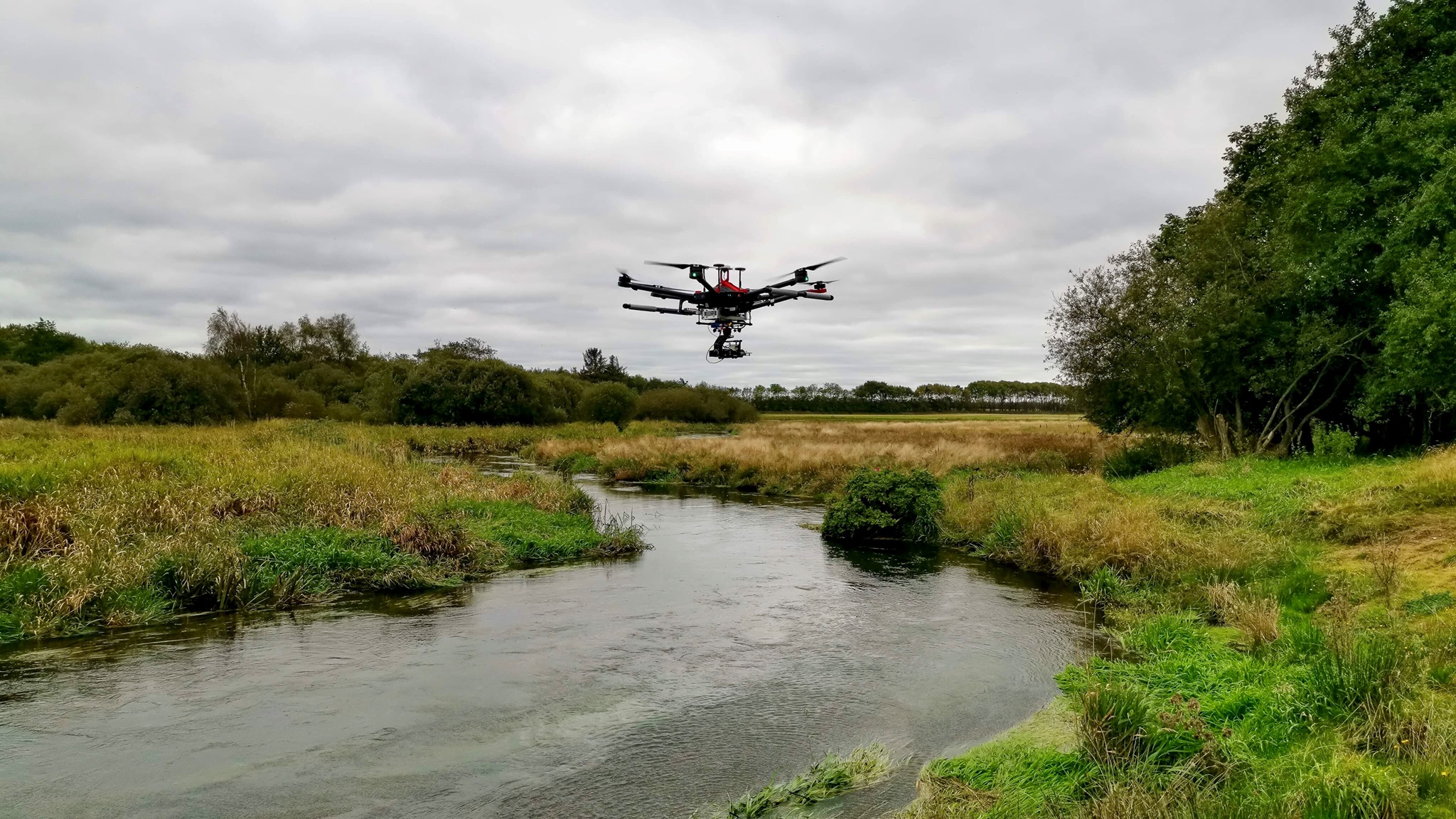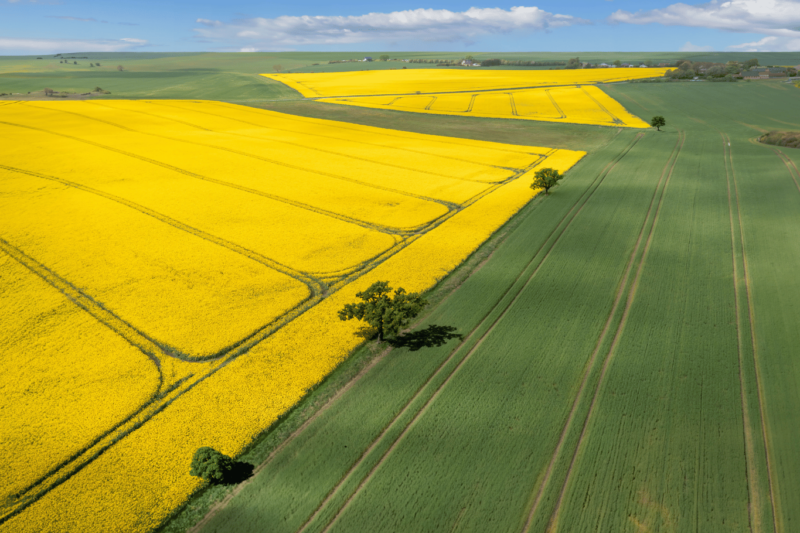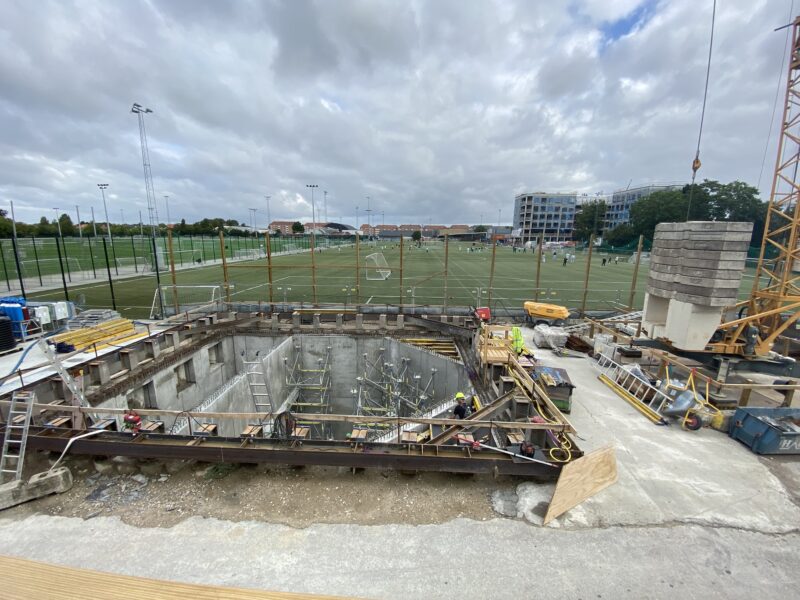News
Climate change adaptation
Flood prevention
Newly developed Danish technology put to the test in China


Climate change has increased the need for decision-makers to have access to reliable and accurate data for monitoring and managing water resources, so they can issue flood warnings, for example. It is a challenge in Denmark, but an even bigger one in China, where the climate causes droughts and flooding of the major rivers to a more extreme degree than we are used to here. This results in large economic consequences and inconveniences for the millions of people affected.
A new joint project between China and Denmark, ChinaWaterSense, with the participation of authorities, universities, and companies will use new Danish technology to monitor watercourses using drones, combined with data from satellite monitoring.
“We have equipped drones with a very special range of instruments and sensors that we spent the last year and a half developing, and used them to monitor streams in Denmark. This has allowed us to measure such different parameters as water depth, vegetation, water flow, and water level in the individual streams in a much simpler and more accurate way than has been the case so far,” said Professor Peter Bauer-Gottwein, DTU Environment, who has the overall responsibility for the new collaborative project.
- Related solution: Flood Warning in Copenhagen, Denmark
New combination of data from drone and satellite monitoring
Drone overflights will now be carried out over a few of the major Chinese rivers—the Yellow River and the Hai River system—which run through the Beijing area. As a new feature, the measurements from the drones will be complemented by data from satellites, a method that DTU’s research group has extensive experience with.
“The two sets of data from satellite and drone monitoring, together with hydrological models, will be able to forecast, e.g., floods much more accurately than today—and thus will also make it possible to take timely precautionary measures,” said Peter Bauer-Gottwein.
The new project also involves three Danish companies with expertise in drones, the use of satellite data, and water technology in addition to researchers from DTU Environment and DTU Space: Drone Systems, DHI, and DHI Gras.
“The new project allows us to carry out successful demonstrations of our drone technology on the Chinese water systems, which are of a much larger scale than the Danish watercourses we are used to working with. Such demonstrations will provide us with a good business case that could help us enter this field’s huge global market,” said Henrik Grosen, CEO of Drone Systems.
Drones equipped with thermal cameras are the technological specialty of Drones Systems and can be used for monitoring potential leaks in district heating systems as well as for environmental purposes, such as mapping groundwater repositories and its courses as well as unknown water discharges in lakes and streams.
- Related solution: Mapping District Heating Networks from Drones
The participants in the Chinese part of the ChinaWaterSense project are the responsible authorities of the Yellow River and the Hai River system, the Institute of Geographic Science and Natural Resources Research, the Chinese Academy of Sciences, three companies working with water technology and monitoring, South Survey & Mapping Technology, PIESAT, and Nanjing Jianghan Information Engineering Ltd.
The Innovation Fund Denmark has invested DKK 4.3 million in the project, which begins in September 2019.
Source: DTU
Photo: Drone Systems
You should consider reading
solutions
Climate change adaptation
+4















